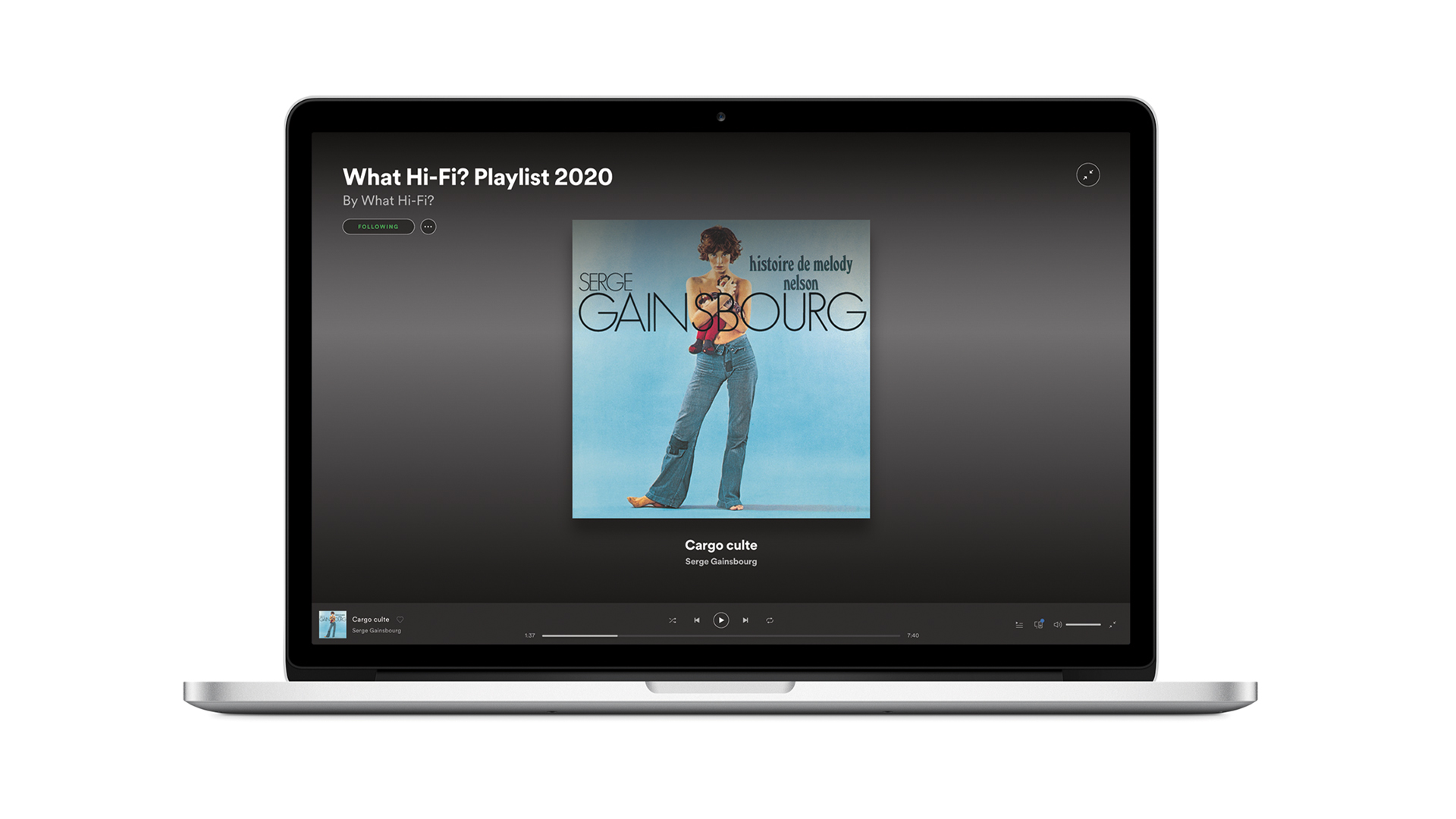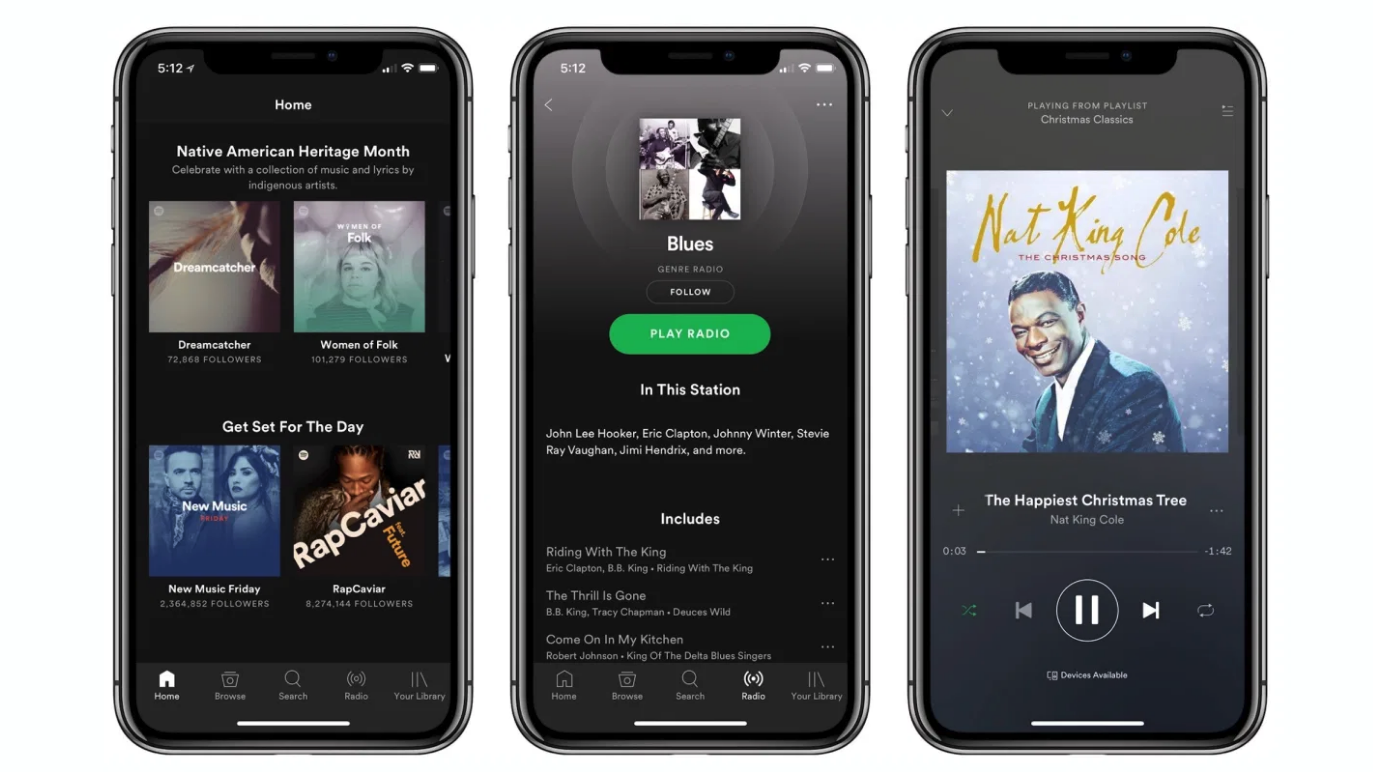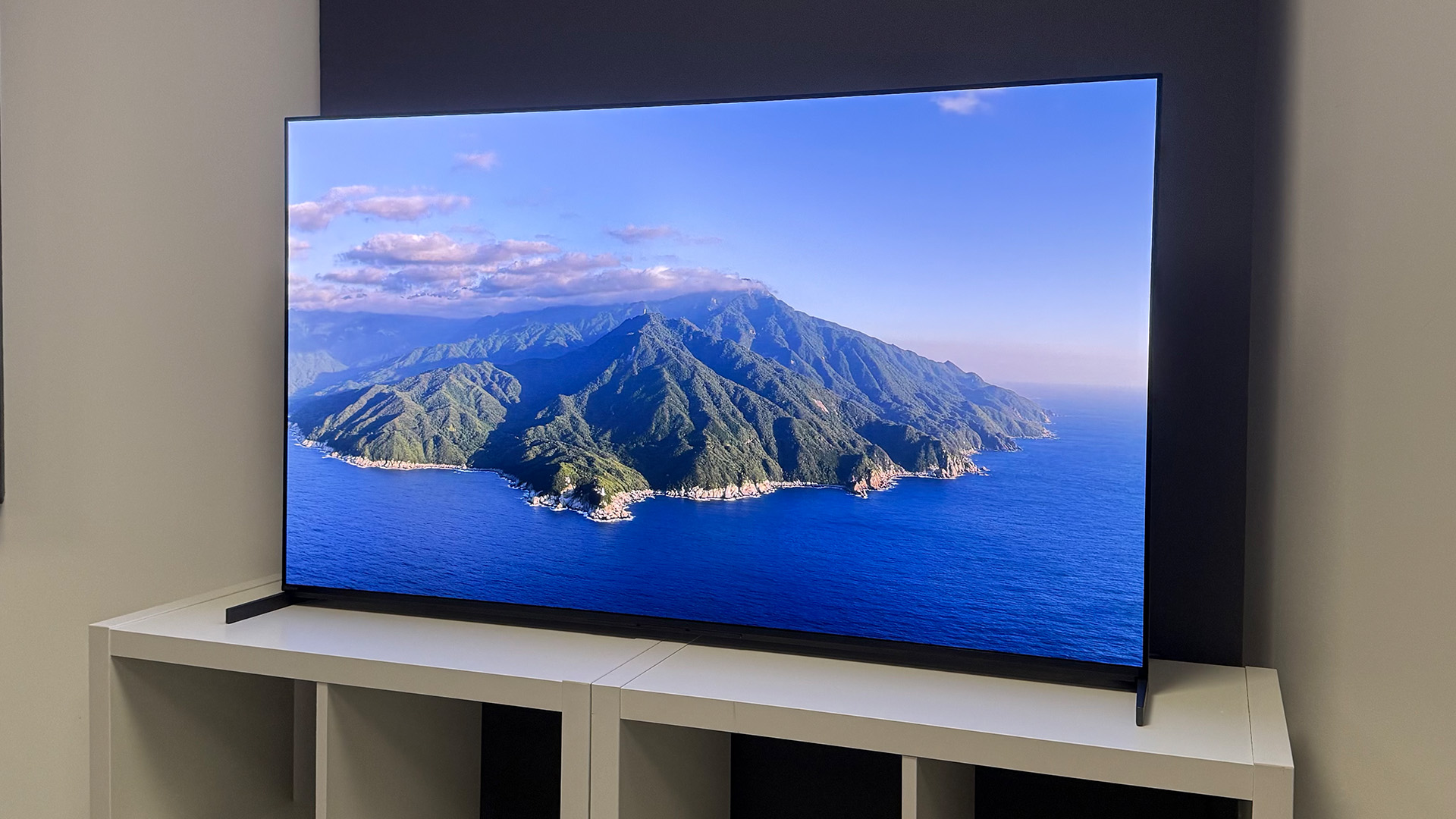
We’re excited for the launch of Spotify HiFi. In case you missed the news, Spotify announced it would be launching a new, superior-quality audio option later this year, allowing Spotify Premium subscribers to upgrade their sound quality.
While many details are yet to be confirmed, such as when exactly Spotify HiFi will launch, we do know some key information on exactly what is being promised, including some detail on the sound quality. As part of the company’s Stream On launch event, Spotify revealed the new service would give subscribers the chance to listen to “music in lossless audio format, with CD quality”.
Currently, the best option within Spotify’s streaming quality settings is 'Very High', which delivers audio tracks with a bitrate of 320kbps. By comparison, a CD contains a 1411kbps bitrate. So, 'CD-quality' of around 1411kps should be a solid step up for Spotify users who are currently only enjoying 320kbps. A higher bitrate means more information, which should translate to better sound (that’s the simplified version). This is why we’re excited.
Spotify remains comfortably the most popular streaming service, and something of a poster child – and lightning rod – for everything related to digital music. This makes it even more of a big deal that the company is, albeit belatedly, prioritising better audio quality and promoting that very idea – that you can hear your music in better quality and hopefully enjoy it more as a result – to a wider audience. But that it is doing it so 'belatedly' brings us to our problem.
Spotify is late to the party. Amazon Music HD, Deezer, Tidal and Qobuz all already offer lossless, CD-quality music – and have done for some time. But more crucially in our minds is the fact they (bar Deezer) also offer hi-res audio streaming – better-quality audio than, going from Spotify's CD-quality-focused announcement, is set to be offered by Spotify HiFi. Amazon Music HD might well end up being cheaper than Spotify HiFi, too.
Hi-res audio means tracks in even higher bitrates than CD quality. Want the numbers? Well, while CD is 16-bit/44.1kHz, these hi-res audio streams offer 24-bit up to 96kHz and sometimes even 192kHz – that's 9216kbps. That’s a lot more information, which can translate to better audio quality. So, for those of us concerned with hearing our favourite music at its best, Spotify HiFi won’t even bring the service up to the standard of many of its rivals – and that’s something of a shame.
But does the likely lack of hi-res audio on Spotify HiFi really matter? We have to be realistic, and while we certainly believe there is value in hi-res audio, it’s unlikely to matter to most people.
The latest hi-fi, home cinema and tech news, reviews, buying advice and deals, direct to your inbox.
For starters, it’s far from a given that most people would hear the benefits – if you’re listening on AirPods, on a budget audio system or even just in a less-than-optimum environment, it’s unlikely that the extra detail delivered by hi-res audio will have you jumping out of your seat; you do need a decent system to make the most of it. And while using the best possible ingredients in your sonic cake regardless still sounds like good advice to us, for many people hi-res audio may be akin to an expensive spice that you ultimately struggle to taste in the final product.
There’s also the not-insignificant fact that to actually hear hi-res tracks you need products that can play it. To play hi-res audio on an iPhone, for example, you need an external DAC. That undoubtedly knocks out a huge swathe of Spotify’s audience in an instant. Other manufacturers, such as Sonos, had also decided that CD-quality is high enough and eschewed hi-res support, though Sonos did slightly shift its stance with the launch of the Sonos S2 platform.

Even for those of us who want the best possible sound and have a good hi-fi system to make the most of it, there’s a whole other argument of whether a hi-res audio file always does deliver a better sound compared to 'just' lossless audio. A well-mastered, carefully produced lossless file or a hi-res audio file that’s come from not-so-great source material? That debate rages on.
We also know that existing streaming services can already sound different playing the same track at the same apparent bitrate, so bitrate alone is far from the only factor affecting audio quality.
With all that in mind, for Spotify and the lion’s share of Spotify’s audience – and perhaps even, some committed audiophiles – it seems unlikely that the lack of hi-res audio will be an issue. So let's focus on the positive news: the world’s biggest streaming music service is upping their audio game and putting superior sound quality on the agenda. We certainly can’t wait to try Spotify HiFi and see how it compares to its rivals, in both their lossless and hi-res forms...
MORE:
Which is the best music streaming service?
Which is better? Spotify vs Tidal
33 Spotify tips, tricks and features
Everything we know about Spotify HiFi

Joe is the Content Director for What Hi-Fi? and Future’s Product Testing, having previously been the Global Editor-in-Chief of What Hi-Fi?. He has worked on What Hi-Fi? across the print magazine and website for almost 20 years, writing news, reviews and features on everything from turntables to TVs, headphones to hi-fi separates. He has covered product launch events across the world, from Apple to Technics, Sony and Samsung; reported from CES, the Bristol Show, and Munich High End for many years; and written for sites such as the BBC, Stuff and The Guardian. In his spare time, he enjoys expanding his vinyl collection and cycling (not at the same time).
